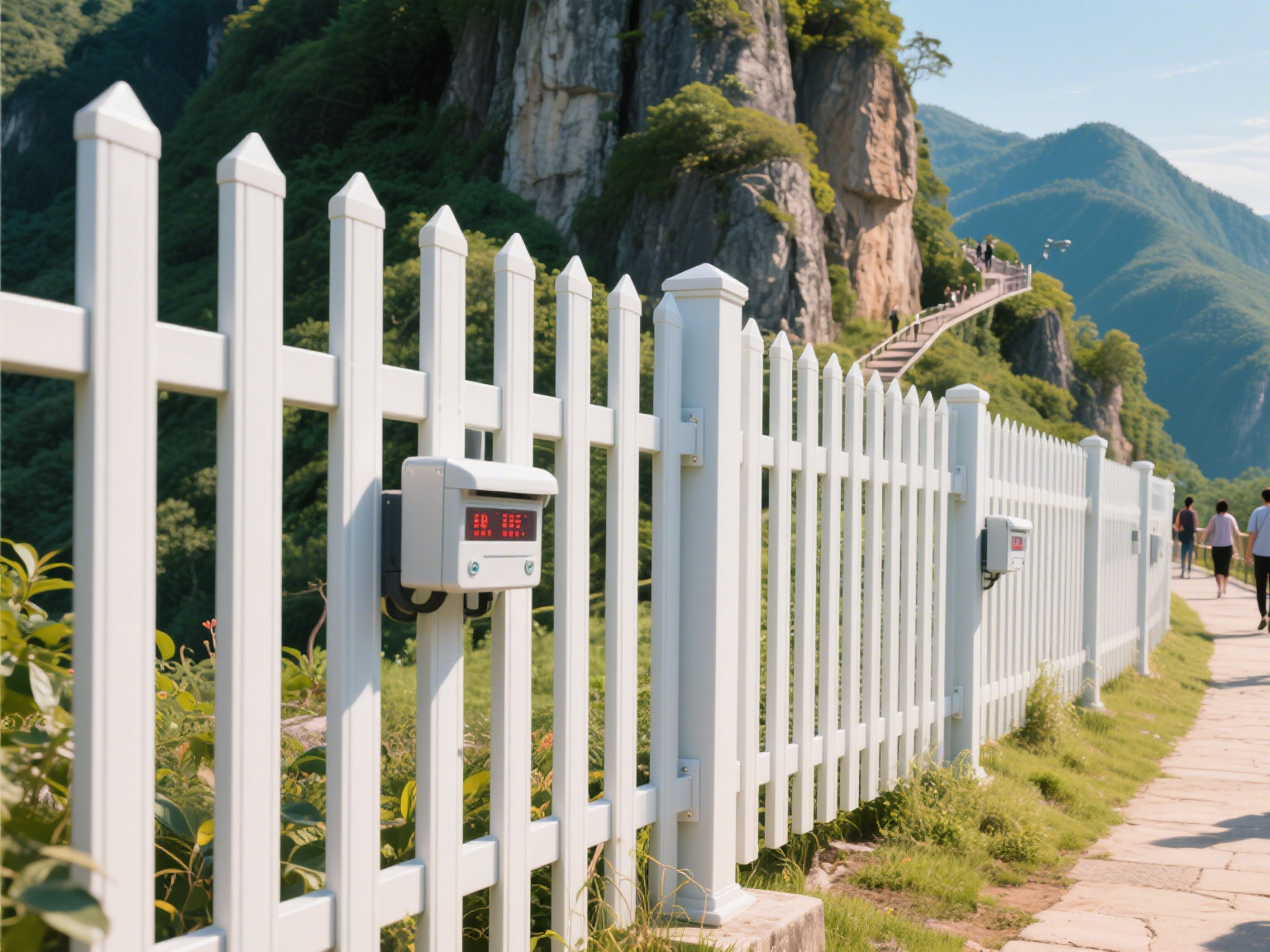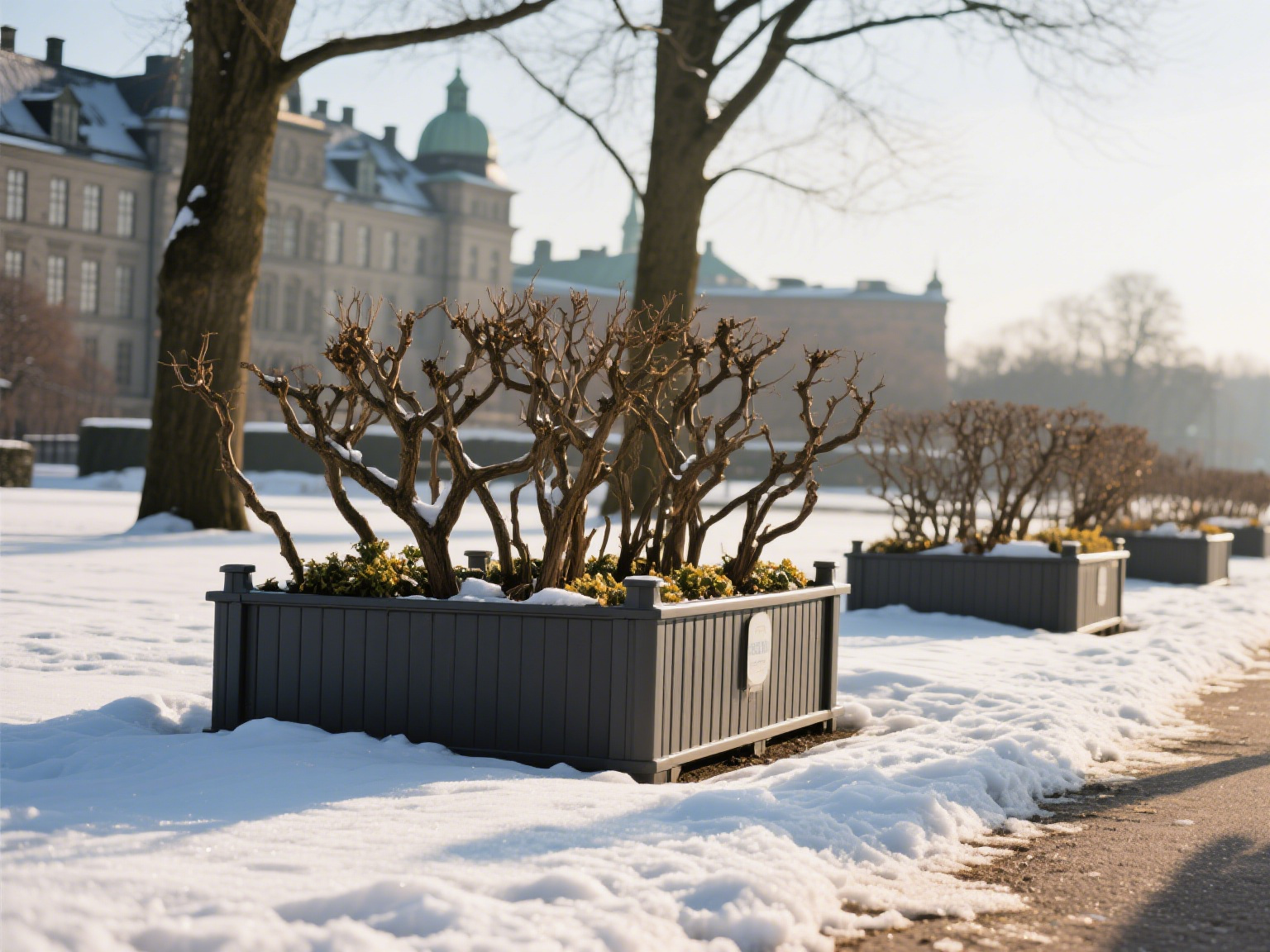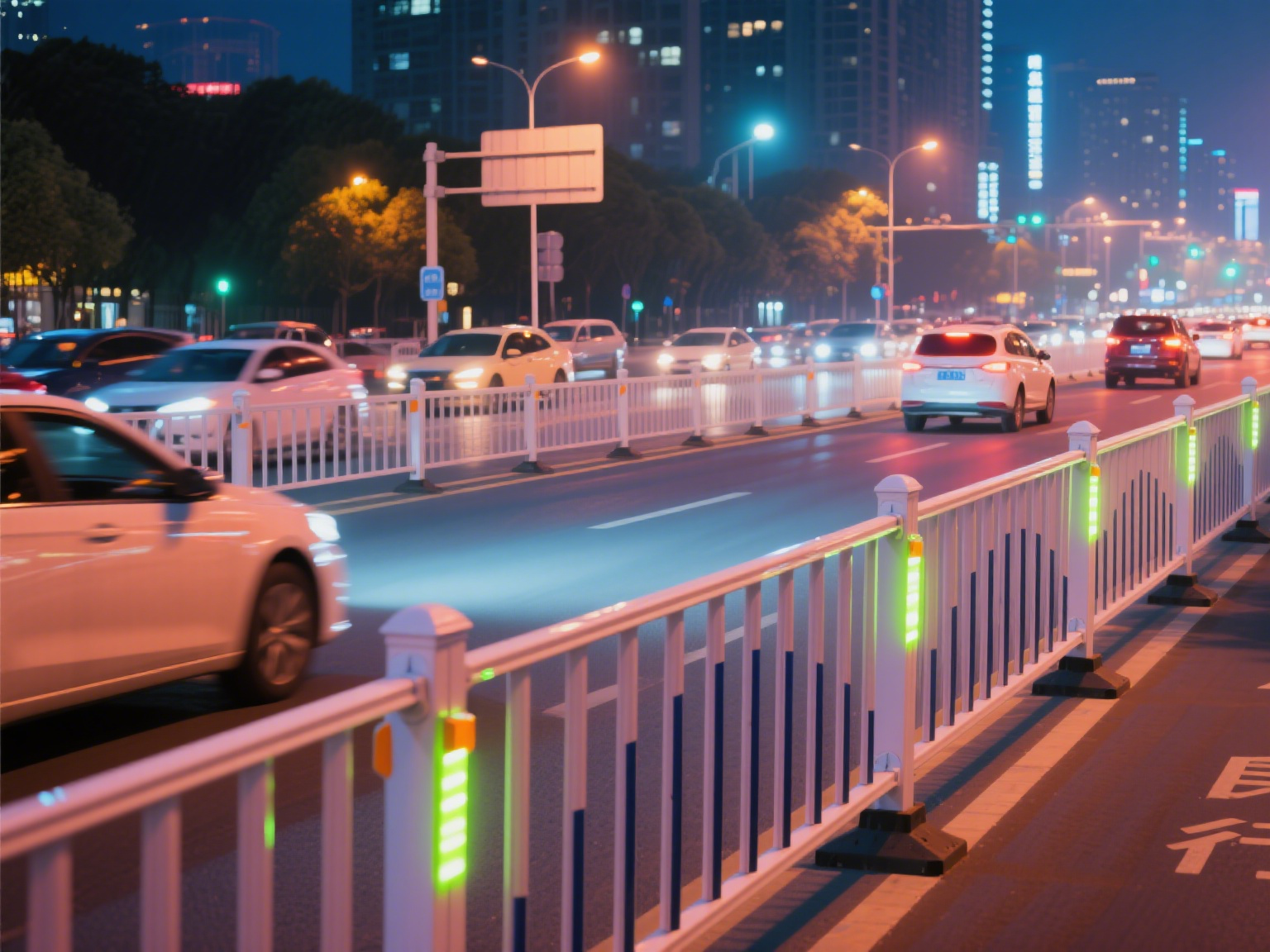In the construction and management of urban roads, fences are indispensable infrastructure, undertaking multiple functions such as isolation, protection, and beautification. Fences made of polyvinyl chloride (PVC) have been widely used in foreign urban road scenarios due to their excellent performance, becoming a new choice for urban construction.
In Montreal, Canada, PVC fences have shone brightly in urban road renovation projects. Montreal experiences cold winters with frequent snowfall. Traditional metal fences are prone to rust and corrosion, while wooden fences are vulnerable to moisture and rot, resulting in high maintenance costs. However, PVC fences maintain stable performance in extremely low temperatures and icy conditions thanks to their outstanding weather resistance. Their smooth surfaces do not absorb water, preventing snowmelt from seeping into the material and causing damage. Additionally, they are not easily crushed or deformed by snow accumulation. Moreover, PVC fences retain their vibrant colors over time, not fading due to prolonged exposure to wind and snow. This adds a lasting touch of color to Montreal’s winter streets and significantly reduces the maintenance costs and frequency for municipal departments.

In Los Angeles, USA, PVC fences play a crucial role in the safety protection of urban roads. With heavy traffic in Los Angeles, traffic accidents occur frequently. PVC fences have good flexibility. When a vehicle accidentally collides with them, the fences can deform to a certain extent, effectively cushioning the impact force and reducing the damage to the vehicle and the risk of injury to passengers. Compared with traditional hard metal fences, PVC fences do not form sharp edges after a collision, minimizing the likelihood of secondary injuries. Meanwhile, as Los Angeles has intense sunlight and strong ultraviolet radiation, fences made of ordinary materials tend to age and become brittle. In contrast, PVC fences have excellent UV resistance, maintaining good physical properties even after long – term exposure to sunlight, thus firmly safeguarding road safety.
In London, UK, PVC fences add a unique aesthetic value to urban roads. As a city with a long history, London emphasizes the integration of tradition and modernity in urban construction. Through advanced processing techniques, PVC fences can mimic the textures and appearances of various materials such as wood and stone, meeting the landscape requirements of different areas. In some historic neighborhoods of London, PVC fences are crafted to resemble quaint wooden fences, complementing the surrounding ancient buildings. They not only serve the purpose of isolation and protection but also preserve the overall historical atmosphere of the neighborhood. In modern commercial areas, PVC fences with simple designs and bright colors add a touch of fashion to the streets, enhancing the city’s image.

Furthermore, the environmental – friendly characteristics of PVC fences align with the sustainable development concepts of foreign cities. PVC materials are recyclable. When the fences reach the end of their service life, the recycling process does not generate harmful substances, reducing environmental pollution. For example, in Sydney, Australia, PVC fences were extensively used in urban road construction projects. After the projects were completed, most of the fences were recycled and reprocessed into new PVC products, achieving the circular use of resources and promoting the city’s green development.

From the cold – resistant and weather – enduring applications in Montreal, the safety – focused uses in Los Angeles, the aesthetic contributions in London, to the environmentally friendly practices in Sydney, the applications of PVC fences in foreign urban roads demonstrate multiple advantages. They not only enhance the safety and functionality of urban roads but also balance aesthetics and environmental protection, providing a more high – quality solution for urban construction. Their successful experiences offer valuable references for other cities in the selection and application of road fences.
